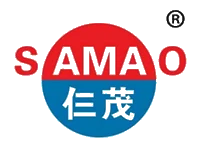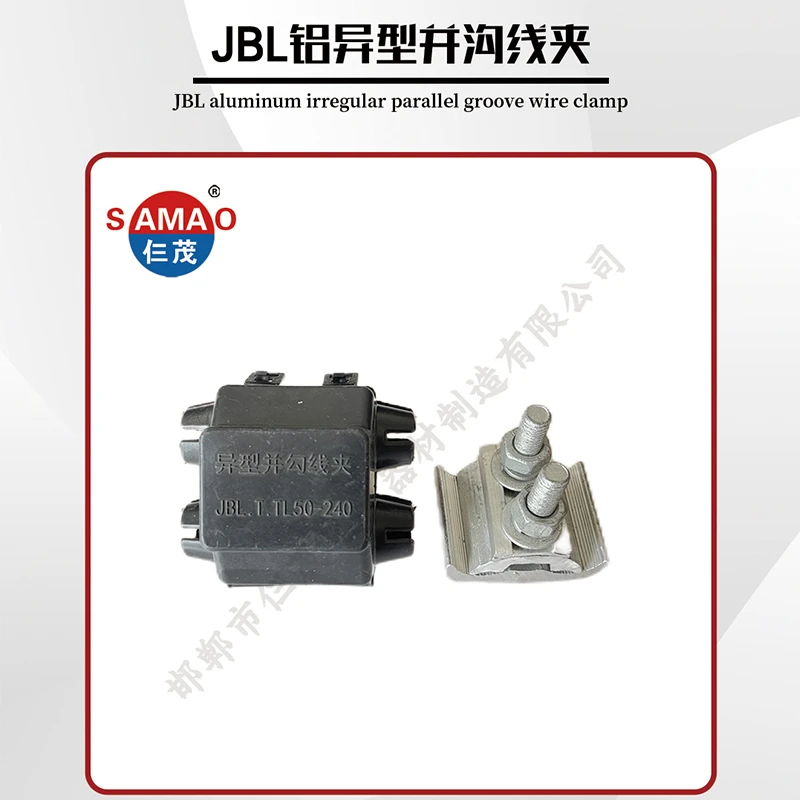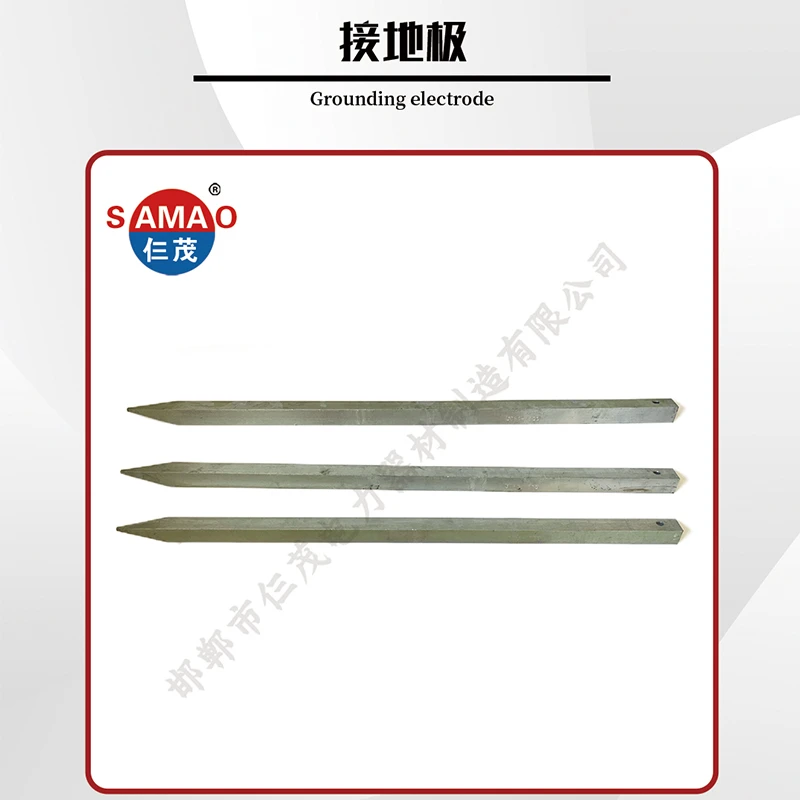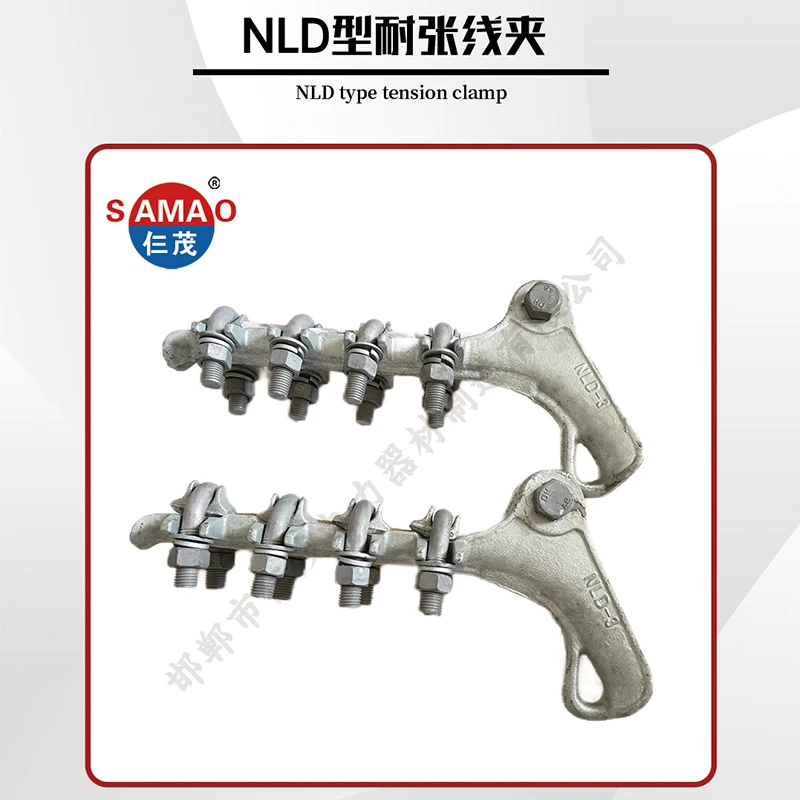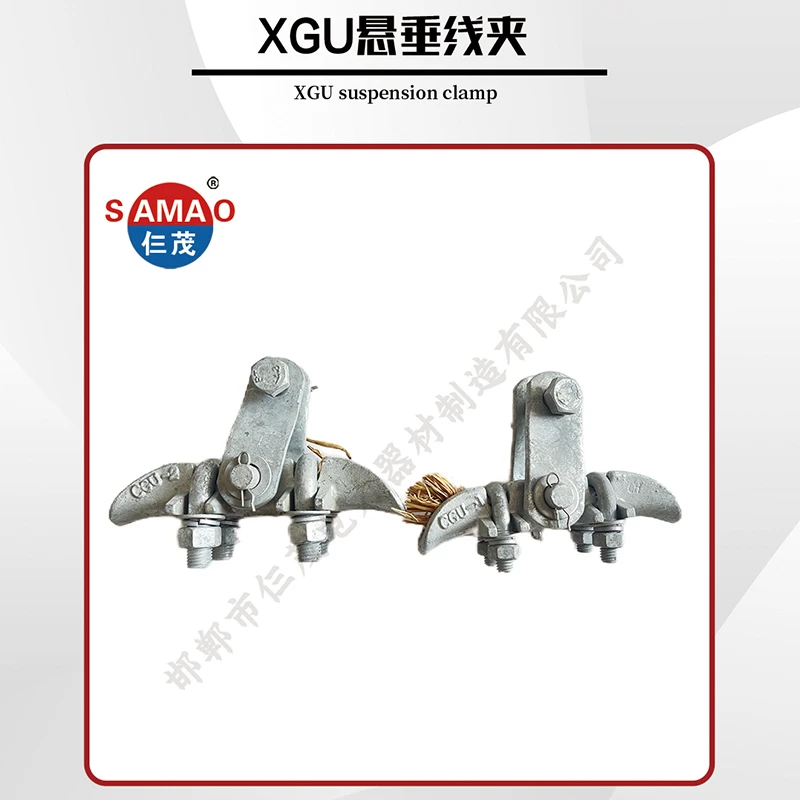Chem Rod Grounding Electrode for Reliable Chemical Grounding System
In the evolving landscape of electrical grounding system solutions, the chem rod grounding electrode stands out for its superior technical parameters, reliable performance, and adaptability to a wide range of industrial and infrastructure applications. This guide presents a deep dive into chem rod grounding electrode technology, supported by current industry data, specification comparisons, verified standards, practical use cases, and expert insights.
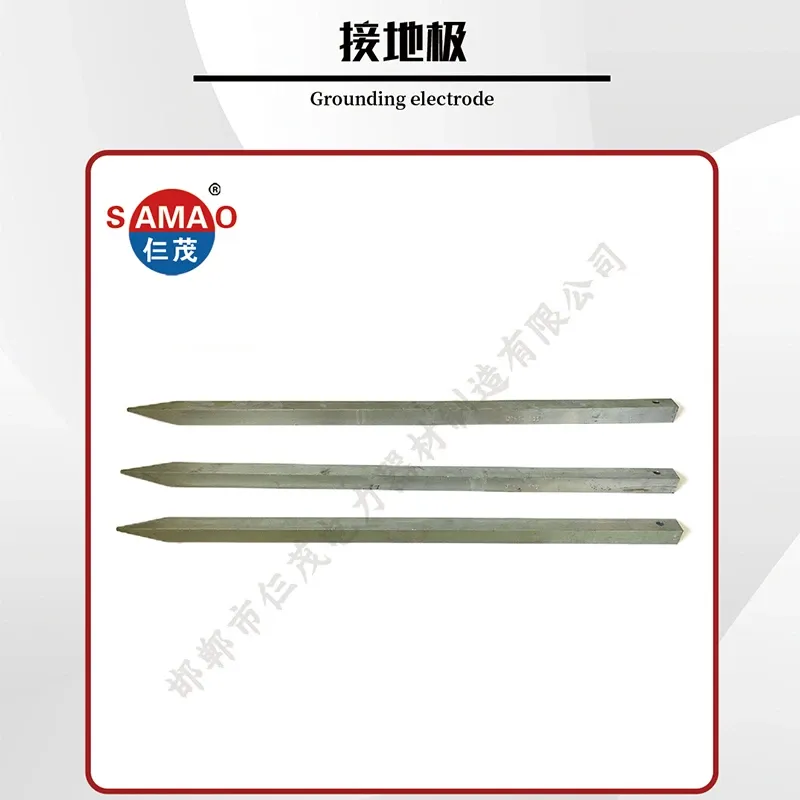
- Growing Demand for Enhanced Safety: The demand for advanced earthing systems such as chemical grounding system is projected to increase at a CAGR of 6.2% from 2023 to 2028 (MRFR Report).
- Material Innovation: Copper-bonded and insulated ground electrodes, led by chem rod grounding electrode designs, offer lower resistance and superior corrosion resistance.
- Customization Trends: Emerging applications in petrochemical, metallurgical, and smart infrastructure sectors demand precision-engineered rods including 20 ground rod and 3/8 ground rod.
Official Page: https://www.samaoep.com/grounding-electrode.html
Applications: Power grids, petrochemical facilities, metallurgical plants, waterworks, telecom towers, critical IT infrastructure, and sensitive instrumentation zones.
| Parameter | Chem Rod Grounding Electrode | 20 Ground Rod | 3/8 Ground Rod | Pure Copper Earth Rod |
|---|---|---|---|---|
| Outer Diameter (mm) | 42 / 50 / 76 | 16 / 20 | 9.5 | 14, 16, 20 |
| Length (m) | 1.5–3.0 | 1.2–3.0 | 1.2–2.5 | 1.2–3.0 |
| Material | Copper-bonded Steel, Alloy Steel | Galvanized Steel, Copper-bonded | PVC Insulated Steel | Pure Copper |
| Resistivity Reduction | < 0.15 Ω-m | 0.25–0.30 Ω-m | 0.28 Ω-m | < 0.20 Ω-m |
| Coating Thickness (μm) | ≥ 250 | ≥ 80 | N/A | N/A |
| Corrosion Life (Years) | ≥ 40 | Up to 20 | 10-15 | 20-25 |
| Certifications | ISO 9001, IEC 62561, ANSI/UL467 | IEC 62561 | EN 50164 | UL, ISO |
| Price (USD/pc) | $22-45 | $8-15 | $6-9 | $28-62 |
ANSI/UL 467 (US), EN 50164 (EU) corrosion & resistance testing.
- Superior Conductivity & Low Resistivity: Specially engineered mineral and chemical filling ensures consistently low ground resistance, outperforming conventional 20 ground rod and 3/8 ground rod formats.
- Long Corrosion Life: ±40 years (tested as per IEC 62561), thanks to thick copper alloy encapsulation and hygroscopic compound core.
- Consistent Performance in Harsh Environments: Certified anti-corrosive design proven in acidic, saline, and waterlogged soils.
- Self-maintaining System: Chemical core absorbs moisture, maintaining optimal conductivity and eliminating periodic watering.
- Customizable Lengths & Diameters: Adaptable to industrial/utility and critical information infrastructure specs.
- Internationally Certified:
- Standard Size Range: Diameter 42mm/50mm/76mm, Length 1.5m–3.0m; adjustable as per project requirements.
- Material Customization: Copper-bonded, pure copper, or alloy steel options available.
- Marking & Traceability: Company name, logo, unique serial #, QR code for tracking/certification.
- Accessories: Copper lugs, chemical recharge packs, coupling sets, exothermic weld kits.
- Standard Delivery Lead Time: 10–15 working days (bulk orders: 22–30 days, sea shipment additional).
- After Sales: 5-year post-installation monitoring, periodic ground resistance measurement support.
Installed 40 chem rod grounding electrode units to safeguard sensitive process control rooms and DCS panels. Initial ground resistance dropped from 7.8Ω (old rods) to under 1.3Ω. Factory acceptance tested to IEC 62561, ensuring 99.98% system uptime.
Chem rod grounding electrode installation provided ultra-low resistance earthing (under 0.7Ω), even in saline backfill conditions. Zero corrosion detected after 20+ months, meeting ANSI/UL 467 requirements.
Replacement of legacy 20 ground rod arrays with chem rod grounding electrode boosted lightning protection system reliability by 47%, as documented in independent ISO/IEC tests.
- Current Price: $22–$45 per unit for typical industrial sizes (see latest on official product page). See also earthing rod copper price for daily updates.
- Warranty: Industry-leading 8+ years against manufacturing or material defects.
- Certifications: All products delivered with ISO 9001, ANSI/UL/IEC test certificates.
- Client Support: 7×12h technical assistance, on-site commissioning, system expansion consultation.
- Documentation: Detailed install manuals, routine test forms, maintenance best practices included with every shipment.
The chem rod grounding electrode exemplifies leading-edge earthing technology for mission-critical applications in sectors such as power grid, oil & gas, utilities, smart infrastructure, and water treatment. Its combination of high conductivity, longevity, and certified performance has made it the go-to choice for new projects and legacy system upgrades alike.
Further Reading / References:
Earthing Systems Forum: Chem Rod vs Conventional Rods
IEEE Xplore: Study on Modern Earthing Rod Performance
Electrical4U: Chemical Earthing System Explained
